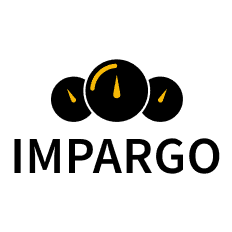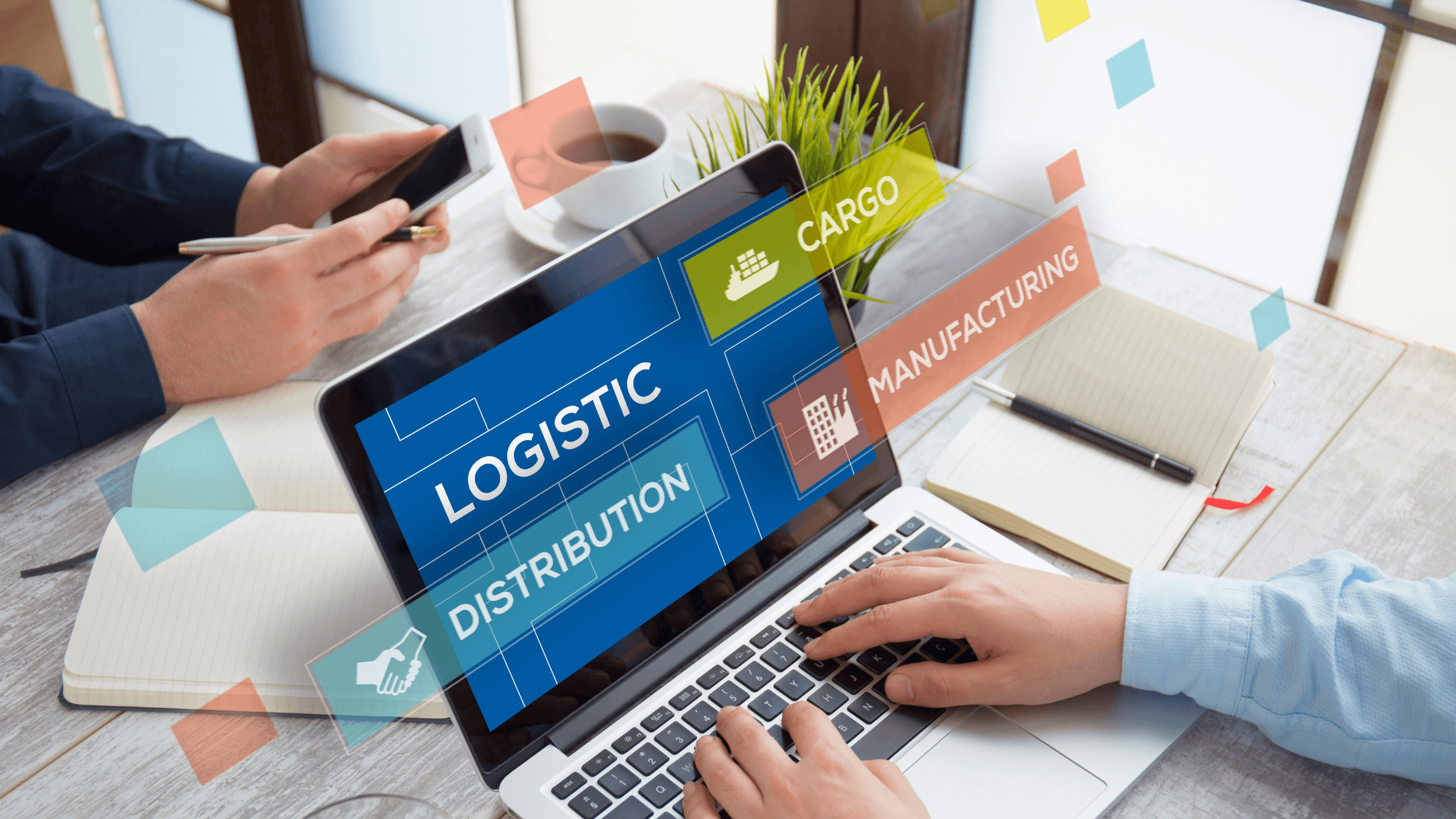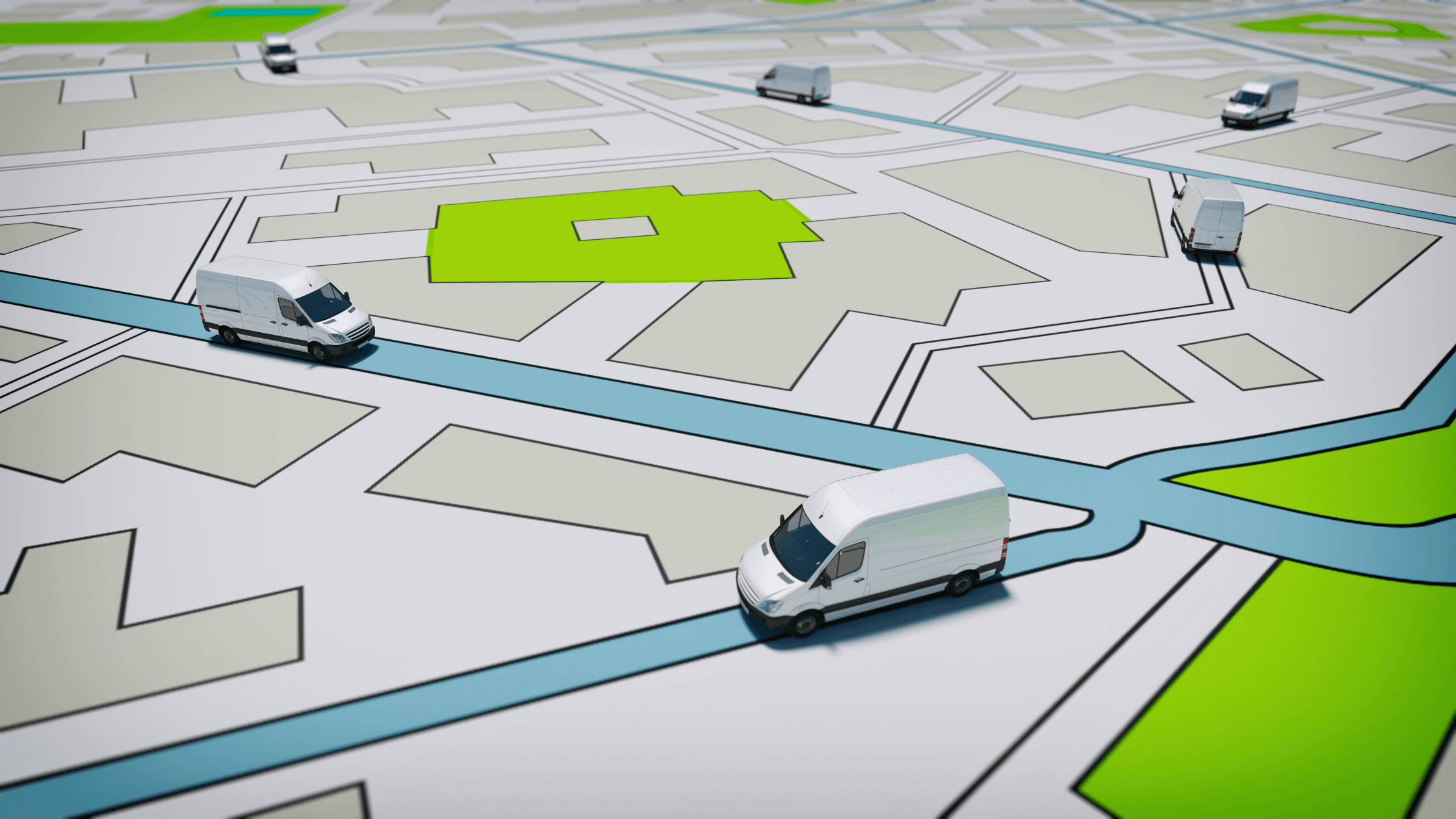Table of Content:
- Understand What You Need as a Transport Business
- Find a TMS With a User-Friendly Interface
- Find a TMS With Scalability Options
- Find a TMS That Integrates With Other Systems
- Find a TMS With Real-Time Fleet Visibility and Tracking
- Know Your Transport Costs and ROI
- Find a TMS With Good Customer Support and Tutorials
- Find a TMS That Secures Your Data
- Access The Best TMS Solution For Your Trucking Business
We all know how competitive the logistics industry is. That’s why small and medium transport businesses (the underdogs) must look for the right option to optimize their transport operations.
A powerful Transport Management System (TMS) can automate logistics operations, reducing costs, and enhancing customer satisfaction. Therefore, having the best TMS is vital for small businesses looking to compete in the market.
However, choosing the right TMS can be challenging, especially for small businesses with limited resources. We have gathered some top tips to help you choose the best TMS for your needs.
1. Understand What You Need as a Transport Business
Before diving into the giant world of TMS options, take a step back to assess your business requirements. Consider the following:
- Volume of Shipments: How many shipments do you handle daily, weekly, or monthly?
- Types of Transport: Do you need support for multiple modes of transport, such as road, rail, or sea?
- Integration Needs: Do you require integration with existing systems, such as ERP or CRM?
Identifying your specific needs ensures that you choose a TMS that aligns perfectly with your operational goals. The best TMS for freight forwarding companies should be scalable, adaptable, and powerful enough to handle your unique demands, providing easy integration and comprehensive support across all modes of transport.
2. Find a TMS With a User-Friendly Interface
A TMS should simplify your operations, not complicate them. Look for a system with an intuitive and user-friendly interface. Key features to consider include:
- Ease of Navigation: Can users quickly find and use the features they need?
- Training and Support: Does the provider offer comprehensive training and ongoing support?
- Customization: Can the system be tailored to fit your specific processes and workflows?
The easiest-to-use Transport Management System should empower your team to work more efficiently and effectively without a steep learning curve. By choosing a TMS that prioritizes ease of use, you'll reduce the time spent on training and increase overall productivity. This, in turn, allows your business to focus on what it does best—delivering exceptional service and optimizing logistics operations.
3. Find a TMS With Scalability Options
As your business grows, your TMS should be able to grow with you. Scalability is crucial for long-term success. Ensure that the system can handle increased volumes and expanded operations without requiring a complete overhaul. Look for features such as:
- Modular Design: Can you add new functionalities as needed?
- Flexible Pricing: Does the provider offer pricing plans that can scale with your business?
Choosing a scalable TMS ensures that you won't outgrow your system as your business expands. This flexibility allows you to add new features and capabilities without disrupting your operations. Many providers even offer a range of pricing plans, enabling you to start with essential features and upgrade as your needs evolve. With the right TMS, you can confidently grow your business, knowing that your system will support and adapt to your increasing demands. Plus, IMPARGO TMS offers free access to key features, giving you a risk-free way to experience the benefits of their system before fully committing.
4. Find a TMS That Integrates With Other Systems
A TMS that integrates seamlessly with your existing software can significantly enhance efficiency. Look for systems that offer:
- API Access: Does the system provide strong APIs for easy integration?
- Pre-Built Integrations: Are there existing integrations with popular ERP, CRM, and accounting systems?
- Data Syncing: How well does the TMS sync data across different platforms to ensure consistency and accuracy.
Selecting a TMS with strong integration capabilities ensures that your various business systems can work together harmoniously. This integration allows for smoother operations, as information flows effortlessly between platforms, providing a unified view of your logistics and transportation activities. Efficient data syncing is essential for maintaining up-to-date and accurate records, which is crucial for effective decision-making and operational transparency. Learn more about TMS software integration to discover how it can transform your logistics management and drive your business forward.
5. Find a TMS With Real-Time Fleet Visibility and Tracking
In the logistics industry, real-time visibility is essential for effective management and customer satisfaction. Choose a TMS that offers:
- Live Tracking: Can you monitor shipments in real-time?
- Automated Alerts: Does the system provide notifications for delays, exceptions, or other critical events?
- Comprehensive Reporting: Are there tools for generating detailed reports and analytics to help you make informed decisions?
A TMS with real-time fleet visibility and tracking ensures that you are always aware of the status of your shipments. This capability allows you to promptly address any issues, improve operational efficiency, and enhance customer satisfaction by providing accurate and timely updates. Automated alerts keep you informed of any disruptions, enabling proactive management of potential problems. Additionally, comprehensive reporting tools offer valuable insights into your operations, helping you make data-driven decisions to optimize your logistics processes. A truck driver GPS tracking app further enhances visibility, ensuring that you have precise, real-time information on the location and status of your fleet at all times.
6. Know Your Transport Costs and ROI
While budget is always a consideration, it's important to focus on the value and return on investment (ROI) a TMS can provide. Consider:
- Total Cost of Ownership: What are the upfront costs, as well as ongoing subscription or maintenance fees?
- ROI Calculation: How quickly can you expect to see a return on your investment through cost savings and efficiency gains?
- Hidden Costs: Are there any hidden fees for additional features, support, or upgrades?
Understanding the financial implications of a TMS is crucial for making an informed decision. Evaluating the total cost of ownership helps you anticipate not only the initial expenses but also the recurring costs associated with maintaining and upgrading the system. Calculating the ROI will give you a clear picture of how soon the system will pay for itself through increased efficiency and cost savings. Additionally, being aware of any hidden costs ensures there are no surprises down the line. Utilizing a transport cost calculator with truck freight rates can further aid in assessing the potential savings and benefits, providing a comprehensive view of how the TMS can improve your bottom line.
7. Find a TMS With Good Customer Support and Tutorials
A reliable support system is critical, especially during the initial implementation phase. Evaluate the provider’s customer support and training offerings:
- Onboarding Assistance: Is there a dedicated team to help with setup and integration?
- Training Programs: Are there training resources available for your team?
- Ongoing Support: What are the support options (e.g., phone, email, live chat) and response times?
Choosing a TMS with robust customer support and comprehensive training programs ensures a smooth transition and maximizes the system's benefits. A dedicated onboarding team can facilitate a seamless setup, while thorough training programs equip your team with the knowledge to utilize the TMS effectively. Reliable ongoing support is essential for resolving any issues promptly and keeping your operations running smoothly. To learn more about how a TMS can revolutionize your business and to get personalized guidance, talk to us and find out how to use a TMS for your specific needs.
8. Find a TMS That Secures Your Data
Protecting your data and ensuring compliance with industry regulations is non-negotiable. Look for a TMS that offers strong security features:
- Data Encryption: Does the system use encryption to protect sensitive data?
- Compliance Standards: Is the TMS compliant with relevant industry standards and regulations?
- Access Controls: Are there user access controls to manage who can view or edit information?
Ensuring that your TMS has strong security measures in place is essential for safeguarding your business's sensitive information and maintaining trust with your clients. Data encryption helps protect your data from unauthorized access, while compliance with industry standards ensures that your TMS adheres to the latest security protocols and regulations. Access controls allow you to manage permissions effectively, ensuring that only authorized personnel can view or modify critical information. For more details on how we prioritize data security, read our data protection policy.
9. Access The Best TMS Solution For Your Trucking Business
At IMPARGO, we specialize in providing top-notch TMS solutions tailored to the needs of small and medium-sized businesses.
IMPARGO TMP® is officially registered and serves over 1,500 customers across Europe. We offer solutions for various transport needs, including FTL, LTL, express transport, and more.
Our platform provides a free version of main features and a 14-day free trial for access to all features.
If you’re serious about optimizing your transport operations and boosting profitability, try IMPARGO TMP® or book a demo today to experience the benefits firsthand!
Here’s why IMPARGO TMP® stands out:
1. Online Truck Route Planning with Toll Calculation
- Efficient Route Planning - Plan your truck routes efficiently and avoid unnecessary tolls.
- European Toll Calculation - Calculate toll costs across Europe to optimize routes and control transportation costs.
2. Digital Transport Order Management
- Direct Order Dispatch - Send orders directly to truck drivers and track order status in real-time.
- Customer Communication - Inform your customers in real-time and document waiting times with GPS.
- Comprehensive Order Management - Manage all orders and offers seamlessly.
3. Mobile App for Truck Drivers
- Easy Navigation - Navigate easily with our mobile app and ensure planned routes are followed.
- Truck Driver Location Tracking - Know your driver's current location and get ETA.
- Digital Proof of Delivery - Receive proof of delivery digitally for streamlined operations.
Your Added Value with IMPARGO TMP®
- Know Your Costs, Increase Your Profits - Use our innovative Transport Management Platform (TMP®) to calculate and compare your transportation cost (including truck toll). With cost-optimized truck route planning, you can easily create more profitable offers.
- Save Up to 80% Time and Manual Efforts - Speed up truck dispatching activities such as quoting, truck route planning, monitoring transport orders, and communicating with your clients. By using IMPARGO TMP®, you can find all necessary tools for dispatching in one easy and powerful system.
- Track Trucks and Get ETA - Always know where your trucks are. Assign an order to a driver or track your carrier's fleet via the DriverApp of IMPARGO TMP®. Communicate with your driver via chat. Provide your client an estimated time of arrival as well as a proof of delivery.
- Automate Transport Order Management - Make your transport order management process easier with our platform. Get orders digitally from your clients and assign them to your drivers or subcontractors - all within one holistic software. Create invoices automatically with flexible integrations.
Conclusion
Choosing the right Transport Management System is a critical decision that can greatly impact the efficiency and success of your logistics operations. By understanding your business needs, prioritizing user-friendly interfaces, ensuring scalability, and considering integration capabilities, real-time visibility, cost, customer support, and security, you can make an informed choice that drives growth and efficiency for your small business.










